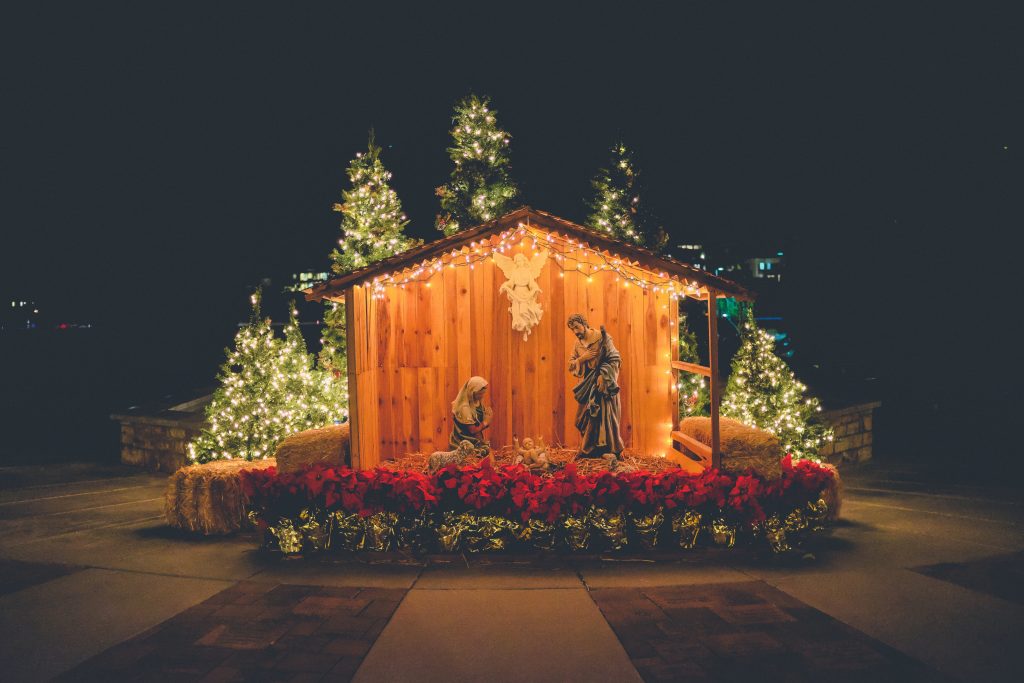
Part 1: We All Want It | Part 2: The Perp | Part 3: Progress
The second paragraph of Revelation 20 turns its attention to what happens during the thousand years when Satan is confined in the abyss. But in the third paragraph (Re 20.7-10) the focus returns to “that old serpent, the devil, and Satan”—specifically, his behavior once he is released. And—spoiler alert—we find that the confinement has not reformed him; he continues in his evil ways.
He pursues his work as a deceiver (Re 20.8). During Jesus’ earthly ministry, the Lord taught that “the devil … is a liar, and the father of it” (Jn 8.44). Here Satan continues to be what he is, revealing his nature as an enemy of the truth. He “deceive[s] the nations which are in the four quarters of the earth” (Re 20.8). He lies on a massive scale, deceiving whole people groups, millions strong, across and around the globe. There’s simply no end, temporally or spatially, to his evil.
And these nations, millions strong and utterly deceived, decide that their enemy is not the one lying to them, but the people of God. They gather their forces to surround Jerusalem, “the camp of the saints … , and the beloved city” (Re 20.9).
What chance does a single city have against the combined armies of the world? Why doesn’t he pick on somebody his own size?
Well, because he’s a bully, and attacking the weak is what bullies do.
But we know that bullies are not in fact strong; they attack the weak because they themselves are weak, and they are cowards.
So is the snake.
And when bullies strut their stuff, typically someone stronger, who has a sense of justice, comes along and trounces them. And pretty much every member of the human race loves to see that happen.
Thus we can anticipate the next verse without even reading it.
There is a God in heaven, who is just and right, and whose knowledge and power are infinite. He’s going to know about the 10-year-old thug who’s stealing the second-grader’s lunch money. And he’s going to know about the father of lies who’s deceiving the whole world into turning against his largely helpless people.
The time for justice has come.
As the armies mass around Jerusalem in John’s vision, “fire came down from God out of heaven, and devoured them” (Re 20.9).
Well. That changes things.
But justice requires more. The father of lies himself needs to face payback for the evil and destruction he has wrought.
So we reach verse 10:
And the devil that deceived them was cast into the lake of fire and brimstone, where the beast and the false prophet are, and shall be tormented day and night for ever and ever.
Torment. Day and night. Forever.
Intensive, and extensive, and infinitely so.
A fitting punishment for such a being.
We don’t really know how Satan got this way. I don’t believe Isaiah 14.12-15 is telling us anything about that; I think it’s simply a description of the king of Babylon, predicted by Isaiah more than a century before. I do think, though, that Ezekiel 28.11-19 is a double reference to the king of Tyre and to Satan; and there we learn merely that “iniquity was found in” him (Ezk 28.15).
How? Well, because of pride, apparently (Ezk 28.17). But where did the pride come from?
It’s a puzzle, indeed.
But as uncertain as Satan’s origin is, there is no uncertainly about his future. He will face justice, and God’s people will be delivered.
Justice.
Even so.
Photo by Tingey Injury Law Firm on Unsplash



